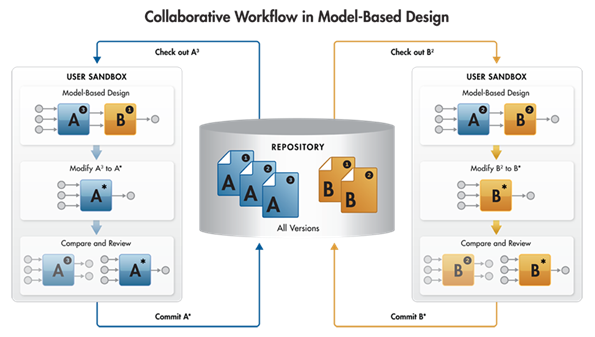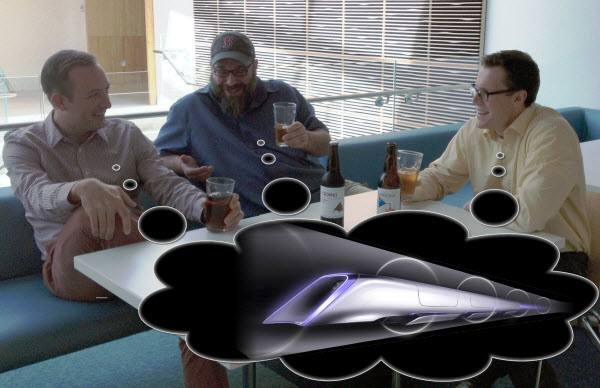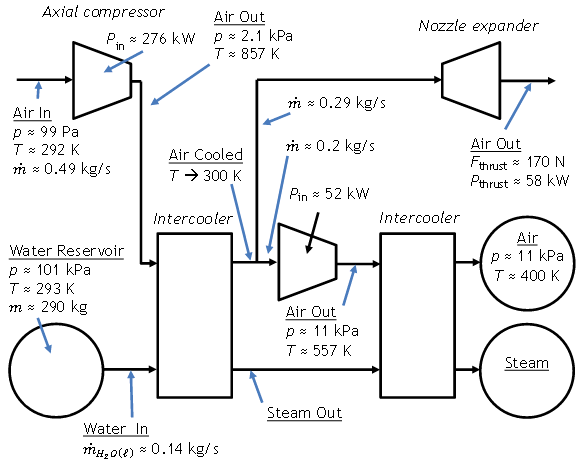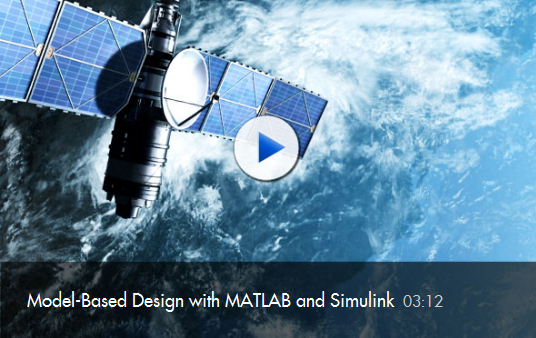Don’t Engineer The Hyperloop in a Vacuum
Since it was released in August, the Hyperloop proposal by Elon Musk generated a lot of interest. Reactions were both positive and negative. As you can imagine, it also triggered a lot of discussions at Mathworks.
This week, we present you the synopsis of a discussion Seth, Matt and I recently had on this topic.
Seth: What do you think of the Hyperloop proposal from Elon Musk?
Matt: Who wouldn’t be interested in affordable, high-speed transportation that could get you the 350 miles from Los Angeles to San Francisco in 35 minutes? The technologies involved, electric motors, batteries, compressors, vehicle dynamics, seem to fit well with Simulink.
Guy: I can already image what such a Simulink model would look like, with all those components connected together.
Crowd-sourced Engineering Problems
Matt: Before we go too far, let’s look at what’s already been written.
Seth: Many media outlets and bloggers have posted articles about the hyperloop. Critics and proponents alike have highlighted difficulties in the proposal. Most, including The Economist, The NY Times and The Washington Post have questioned the proposed budget of $6 billion. These articles specifically question the costs of purchasing land and dealing with local community demands in building the infrastructure.
Matt: Other sources have brought up more technical concerns. Scientific American questions how the air suspension would work at low speeds. The author also expresses concern about the cooling requirements to deal with air friction. There’s nearly a ton of water on board!
I really like the summary from Gizmag. The author brings up inconsistency in the compressor design, motive power requirements and energy management for the pod and the tube.
Guy: This is a perfect example of an application that needs simulation before building a prototype. Look at this image from the proposal:
I can see SimMechanics being used along with the electrical and pneumatic Simscape domains to simulate such system.
Matt: Here’s another interesting read. Pedestrian Observations expresses doubt about the capacity of the system in terms of trains and passengers per hour, given the limits of emergency braking. The author is pretty colorful in his concerns for the passengers’ comfort as well. G-forces may be unrealistic when traveling along existing highways.
Seth: The Onion even gets involved. Constructively, they offer a novel solution for powering the system.
Guy: Let’s be serious guys… I want to see that Simulink model ASAP! I'm not kidding... I don't always design Hyperloops, but when I do, I prefer Simulink.
A Collaborative Environment for Engineering Solutions
Seth: One thing that really intrigues me about the hyperloop is that it is “an open source transportation concept.” The authors want the engineering and scientific community to push the concept forward. Which problems would you solve with MATLAB and Simulink?
Matt: Here are the engineering challenges I am interested in:
- Air suspension control – maintaining trajectory and air gap while canting (rolling) for passenger comfort
- Propulsion design and control – linear motor and power electronic sizing and control
- Energy management for the vehicle - sizing of the energy storage
- Energy management for the tube - solar/grid power requirements
- Trajectory optimization – optimizing the route for cost while maintaining passenger comfort
- Compression system design and control – pneumatic, hydraulic and thermal domains
- Financial modeling - long term economic viability, including up-front and running costs
Ideally, the environment will enable these problems to be solved in parallel, while leveraging the on-going development of each solution.

Guy: Model referencing, variants and configuration management offered through Simulink Projects could provide such an environment.
Seth: Wouldn’t it be great if there was a central repository for people to contribute to the ongoing development of the Hyperloop?
Now it’s your turn
Would you contribute to a massive collaborative project to simulate and evaluate the feasibility of the Hyperloop? Let us know by leaving a comment here.












评论
要发表评论,请点击 此处 登录到您的 MathWorks 帐户或创建一个新帐户。